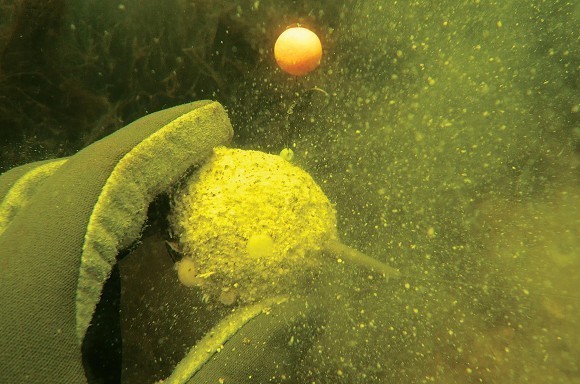
The truth about bite indication
The issue: Use your tools. ‘It didn’t take any line so I left it.’ Right or wrong?
Doh! When I hear this I really pull my hair out. Just because the spool isn’t spinning it doesn’t mean to say that the fish isn’t hooked. They are very good at picking up baits and trying to get rid of them and you really would be amazed at how far I can move a lead around under water without there being so much as even a bleep at the rod end. I remember the first time Joe (CARPology's editor) and I tested the Method feeder. I poked it, picked it up and eventually ended up ‘wind-milling it round’ underwater before Joe eventually struck. When I got out to speak to him about it he said he was having the odd bleep and twitch but nothing that would make him want to strike. It was at that stage that my attentions first turned to indication and the alarm bells rang. If the fish can do that much movement with very little indication at the rod end we need to up the ante on our set-ups. The rig has to be efficient and the indication tightened up.
A lot of anglers just rely upon their buzzers to register indication but there are loads more things than just that. Use the buzzer as the fire alarm; the actual last resort which tells you to get up and get out. The bobbin, especially when set-up correctly, is a good indicator of activity in the swim and when fished bow-string tight gives a lovely quiver and shake when a fish is on but hasn’t registered a beep. Don’t forget the rod tip as well. That tells you an awful lot if you keep watching it as it receives the ‘bite message’ before the bobbin and buzzer, and then of course there is the line itself. The line has to move to give you indication, and if you are aware of what it is doing you are already ahead of the buzzer.
The final one thing to look at, and by far the most important tool, is your own senses. Tune in to your swim, watch the water, concentrate and become one with the lake and the surroundings. I know that sounds a bit hippy, but get it right and it will tell you what is going on and you will almost know when bite is going to happen.




